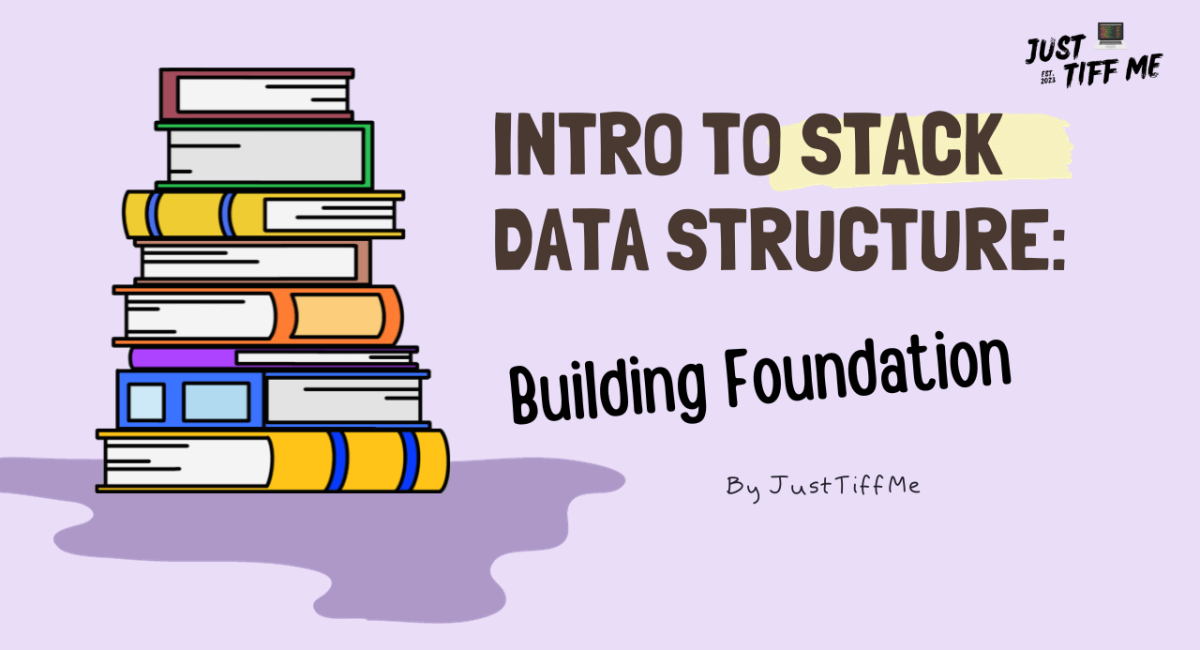Understanding the Basics of Stacks
Example and Demonstration
| Book 4 |
| Book 3 |
| Book 2 |
| Book 1 |
----------------
The Stack of Plates Analogy: A Real-Life Perspective

1. Adding Plates to the Stack (Push Operation)
2. Removing Plates from the Stack (Pop Operation)
3. Accessing Without Removal (Peek Operation)
In a stack data structure, the peek operation allows you to view the top element without removing it, just like our chef checks the top plate without lifting it off the stack.
Why the Analogy Works
Benefits of Using Stacks
1. Efficient Memory Management
Example and Demonstration
| Function 3 |
| Variables |
| Function 2 |
| Variables |
| Function 1 |
| Variables |
----------------
2. Function Call Management
Example and Demonstration
| Return Address |
| Local Variables |
| Factorial(3) |
---------------------
3. Undo Mechanism
Example and Demonstration
| Format Text |
| Delete Text |
| Type Text |
---------------------
Trade-offs
1. Limited Access
2. Fixed Size (in some implementations):
Some implementations of stacks may have a fixed size, leading to potential overflow or underflow issues if not managed carefully. Dynamic resizing can mitigate this, but it introduces additional complexities.
3. Not Suitable for All Problems
While stacks are excellent for certain scenarios (e.g., managing function calls, undo features), they are not suitable for all types of data manipulation or storage requirements.
4. Lack of Sorting Mechanism
Stacks, by nature, do not provide a sorting mechanism. If elements need to be sorted within the stack, additional data structures or algorithms are required.
5. Limited Search Functionality
Searching for a specific element within a stack is inefficient since it requires popping elements until the desired one is found. Other data structures, like hash tables or binary search trees, offer better search capabilities.
6. Complexity for Undo/Redo
7. Not Ideal for Multi-threaded Environments:
In a multi-threaded environment, managing a shared stack can lead to synchronization issues. Additional synchronization mechanisms may be needed for safe concurrent access.




